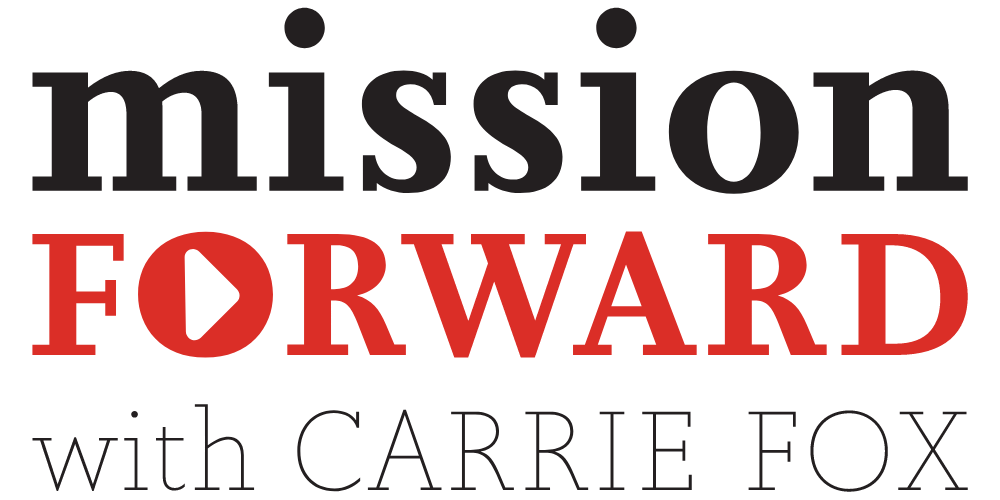Finding the Words • Set Change
About This Episode
The stories we pass down need not limit the stories we are capable of writing for our future selves.Two little words have the power to change HOW we communicate, and HOW we connect with and understand one another as a result. Those two words? This week we offer a lesson in what if.
Thanks for listening. This is the 29th article in a year-long series called Finding the Words. If you liked this week's essay, we hope you'll forward it along. And a reminder that your family, friends, and colleagues can subscribe to Finding the Words too — along with every episode of our podcast — simply by clicking this link.
-
Last year, Brian and I took the girls to see Once Upon a One More Time, a cheeky jukebox musical comedy set to the music of Britney Spears, in which a group of fairy-tale princesses make a wish for a new story. Cinderella and her tiara-wearing friends aren’t satisfied with the “happily ever after” that requires being rescued or kissed by a prince, and they set out to chart other roads to their happy endings.
The show struck a chord with us (a very Britney-inspired chord, as you might imagine), as Brian and I have wrestled with the notion of “princess stories” since our daughters were young. We loved the idea that Sophia and Kate would see those traditional characters take back their stories and write their own happy endings.
While the show premiered in DC, I hope it finds a larger audience over time, because the premise is one that we can all benefit from: the stories we pass down need not limit the stories we are capable of writing for our future selves.
This brings me to another story, with some likely relevance to your work:
Several years ago, I was working with a college readiness program to produce a video for their annual gala. To help inform the content, I interviewed a dozen recent college graduates about their experiences to and through college. I heard so many powerful stories that day, but the passion and presence of one young woman stood out. She shared how low self-esteem and a lack of a consistent support system had instilled in her a sense of doubt, and limited her from pursuing her love of art. And then she shared the moment everything changed: an art teacher, who believed in her talents, supported her dream to pursue a college degree in design. As she sat across from me, she was a newly minted college graduate, with a full-time job in a field she loved.
To her, that was the fairy-tale ending she could have never dreamed as a child.
It was, by all accounts, a success story. She had done everything that this organization aims to support: ensuring that students with limited access to financial resources had pathways to higher education to achieve their higher purpose. She would make for a great start to the gala’s activities.
I scheduled a call to review my findings and recommendations with our client, though I wasn’t prepared for their reaction:
“Oh, that will never work. She’s in an arts field. We should really be highlighting young men and women in the STEM fields, as those jobs are so much more lucrative, and will elicit more donations from our tech sector guests.”
To this person, there was something lacking—perhaps even negative—about pursuing an arts job over a tech job. Their preference to lead with stories that could elicit the most donations got in the way of being able to fully support and celebrate this young woman for all that she had overcome. We did manage to get her story in the show’s lineup, but it didn’t take the lead spot as I wished.
I think about that experience often and wonder just how often our biases—our own misplaced happy ending stories— get in the way of seeing the full potential of the people around us.
As I’ve learned, there’s always more than one happy ending, regardless of what we’ve been told in fairy tales. So, as you think about the stories you tell, the ones you’ll pass down, and the ones you share in your work, ask yourself if you’re creating the conditions to tell the whole story— not just the story you think people want to hear.
You might just find that a little “set change” in your storytelling will let the full scene shine through.
Ready for more? Check out our blog on how to keep assumptions in check.
This is week 29 of the Finding The Words column, a series published every Wednesday that delivers a dose of communication insights direct to your inbox. If you like what you read, we hope you’ll subscribe to ensure you receive this each week.

